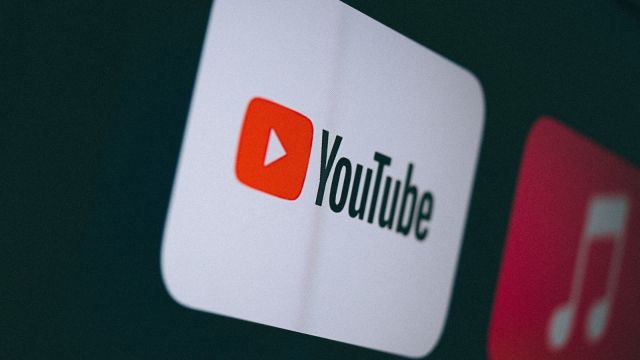YouTube to let creators in India earn from tagging products on Flipkart, Myntra
The new offering is part of YouTube’s Shopping affiliate programme that is open for eligible content creators in the country.
 YouTube expands Shopping feature in India. (Image: Pixabay)
YouTube expands Shopping feature in India. (Image: Pixabay)YouTube announced that it is partnering with e-commerce sites Flipkart and Myntra to let content creators in India tag products of brands other than their own in their videos for their viewers to purchase. So far, YouTube only allowed creators in India to sell their own merchandise by linking their online stores to their Channels.
This new offering is part of the newly launched YouTube Shopping affiliate programme which is being opened up for eligible YouTubers in the country.
Viewers can see information about the tagged products in the description section and ‘Product’ section of the video. Clicking on a product will directly take viewers to the product-listing page on Flipkart or Myntra where they can complete the purchase.
“What we’re seeing so far is that people in India are consuming short-form videos and long-form videos, and they are coming to YouTube for shopping advice and view product review videos,” Travis Katz, vice president of YouTube Shopping, said at a press briefing on Friday, October 25.
“The idea of this [feature] is to make it really easy. If a creator is talking about a product, they can have it linked straight on the video. You can get information like pricing and availability of the product without leaving YouTube. And if you want to actually go and buy it, just a simple click will suffice as opposed to doing a web search and hoping to find the right thing,” he added.
Over 65 per cent of users in India’s metro cities and 85 per cent of users in tier-2 cities trust YouTube creators more than traditional celebrities, the company said, citing the India e-Conomy report.
How will the tagged products appear on YouTube?
Creators who are eligible for the feature can tag products in Shorts and pin them during live-streams as well. They also have the flexibility to tag products in their videos that are already out on the platform.
Besides mobile and desktop, YouTube mentioned that viewers will be able to make these product purchases through their smart televisions too, via Connected TV. YouTube views on Connected TV have grown 4x in the past three years in India, the company said.
 How tagged products will appear on YouTube videos. (Image: YouTube)
How tagged products will appear on YouTube videos. (Image: YouTube)
“Most people, when they are watching TV, have their phones with them as well. So, we’re going to leverage the TV to display the products and then we’ll have QR codes that you can use to open on your phone and actually complete the purchase on your phone,” Katz said.
“It’s an extraordinarily simple user flow. It takes away the friction and it leverages the trust that creators have with their users,” Ajay Vidyasagar, regional director, APAC, YouTube, added.
What do YouTube content creators get out of it?
While Katz did not go into the details about how commissions for creators will work, he said that they will be able to keep 100 per cent of their cut from product purchases (for now).
“YouTube will at some point be sharing in this commission,” he said, adding that the commission amount will be calculated based on the “total price of what the viewers buy plus taxes but excluding delivery fees.” “The more products that a creator’s viewers buy, the higher their commission will be,” he said.
But first, YouTube content creators need to meet the following criteria to be eligible for the feature:
– Your channel is in the YouTube Partner Program.
– Your channel must have more than 10,000 subscribers.
– You are based in the United States, South Korea, Indonesia, India, Thailand, or Vietnam.
– Your channel is not a music channel, an Official Artist Channel, or associated with music partners. Music partners may include music labels, distributors, publishers, or VEVO.
– Your channel audience isn’t set as Made for Kids, and your channel doesn’t have a significant number of videos set as made for kids.
Creators will also be able to monitor total sales, orders, and product clicks via YouTube Studio, a company spokesperson told indianexpress.com.
While YouTube’s latest Shopping feature falls short of allowing users to purchase products directly on the app, it could help drive the company’s bottom line by strengthening YouTube’s partnerships with brands and retailers – leading to an increase in ad revenue for the platform.
Affiliate programmes can also be lucrative for content creators as it offers them an additional revenue stream while attracting new creators to produce shopping-related content on the platform.







